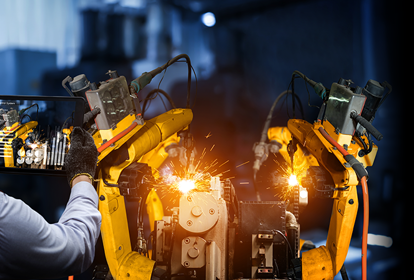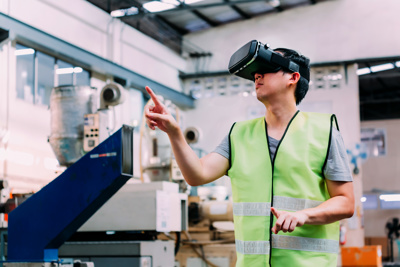If you, like many makers, are facing an ageing workforce and need to train the next generation, this element of AR will be extremely valuable. With this technology, writing manuals for new starters has well and truly become a thing of the past.
Through special AR tools, the knowledge of your experienced team members can be captured and disseminated to fresh talent in order to prevent a void or lack of available skills. These tools can capture what your current team does every day, and they can provide written prompts or a voiceover explaining their actions too. Given that so many of us learn by doing, the result is an effective and efficient on-the-job training environment that enables up-and-coming staff to quickly get to grips with your processes – future-proofing your organisation’s knowledge retention.
We’ve found that this teaching method is quicker, easier and costs less as it can be carried out without the presence of an instructor or mentor. Business owners additionally no longer have to lose days to staff training or see their production impacted, and training content can be reused and developed over time.



